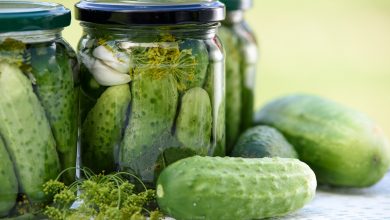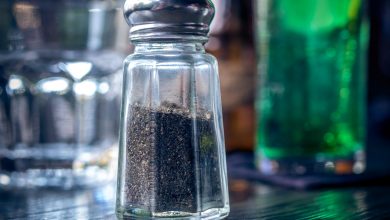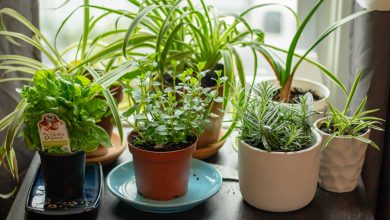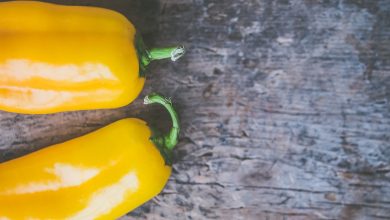How to Grow and Harvest Leaf Lettuce
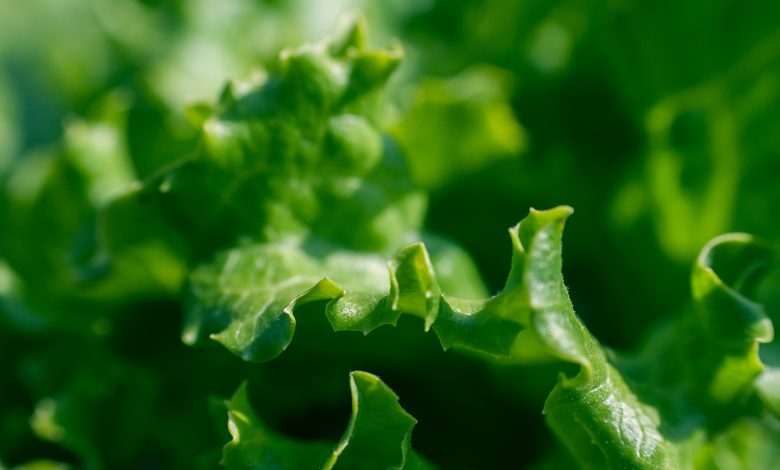
Does it bother you to buy something that you can make yourself? This sentiment can be especially true for foods that you can grow at home. Why pay for lettuce at the grocery store when you can grow it yourself? Below, we will take you through the steps to grow and harvest leaf lettuce, which is different than your typical head of lettuce.
Leaf Lettuce vs. Heads of Lettuce
When you think about growing lettuce, you probably imagine heads of lettuce growing out of the ground. But growing heads can be challenging. They often want to shoot up a flower stalk when the weather warms up, which makes them more of a spring and fall crop.
If you want to harvest lettuce for an extended period, growing leaf lettuce is the perfect option. Leaf lettuce grows quickly, which means that you can take it from your garden to your kitchen much faster than heads of lettuce. And by varying the types of leaf lettuce you grow and when you plant them, you can guarantee that you always have fresh leaves to harvest when you need them.
When you grow heads of lettuce, each plant requires enough room around it to grow, which decreases the number of plants you can grow at once. Leaf lettuce rows can be placed four to six inches apart, which is much closer than heads of lettuce, and seeds can also be planted in closer proximity.
If you end up with some extra room, you can always consider growing a head of lettuce along with your leaf lettuce.

How to Grow Leaf Lettuce
Find multiple varieties of seeds to plant at once. This will provide for varying colors and textures in your lettuce. You can grow lettuce in your backyard or even on your balcony.
Prepare the garden bed as you would for any seedlings. Gardeners call the best soil beds for seeds as having a “fine tilth.” Your soil should not be dusty. It should be more like little breadcrumbs.
Here are the steps to preparing a seedbed:
- First, make sure to get any weeds pulled and out of the way.
- Next, spread a compost mix or manure across the bed with a shovel.
- Dig the soil down to the length of your shovel and turn it over, breaking up any clumps along the way.
- Rake the soil to level it out.
- Gently take steps across the soil to compact the surface.
- Rake one more time over the surface with a metal rake.
Sunlight
Lettuce will grow quickest in full sun. But it is one of the few plants that will still grow in the shade. You should experiment with your placement, as a shaded spot will lengthen the growing life of the plant, cooling it from the summer sun.
Water
Lettuce performs best with a healthy amount of watering. Water the plants once a day or whenever you see that the top of the soil is dry.
Soil
The best type of soil for leaf lettuce will be between 5.8 and 6.5 pH. The soil should be rich in organic matter, well-draining, and loamy.
What is loamy soil?
Soil types are determined by the amount of silt, sand, and clay they contain. A loamy soil includes all three of these materials, which allows it to hold in necessary moisture while draining the excess.
The best composition of these three materials is:
- Silt: 28 to 50 percent
- Sand: Under 52 percent
- Clay: 7 to 27 percent
Knowing the amount of each material you need in your soil is one thing, but it’s much harder to figure out what’s currently in the ground. If you’re curious about the exact percentages, you can take a sample of the soil and have it analyzed at your local County Extension Office.
Most gardeners eventually learn to determine the right soil composition by feel. If you take a clump of soil and squeeze it in your hand, it can help you to roughly determine the composition.
- Sandy soil will not hold its shape and will feel coarse.
- Clay soil will form a very firm ball that stays in place.
- Silt soil will form a looser ball that doesn’t hold its shape quite as well as clay.
- Finally, loamy soil will form a ball that easily crumbles apart if you apply pressure with your finger.
Fertilizer
Apply fertilizer once your seeds begin to sprout. A balanced fertilizer works best, which contains equal amounts of phosphate, potassium, and nitrogen.
Temperature
Lettuce, in general, is considered a colder weather crop. Temperatures between 50- and 70-degrees Fahrenheit are best suited to growing lettuce. As soon as the temperature gets above 80 degrees, lettuce will not grow effectively.
Toxicity
One of the great benefits of growing your own lettuce is that you can ensure your food is free of any pesticides. Non-organic lettuce may contain many more chemicals than you are aware of.
Pests
You will have to be on the lookout for pests attacking your leaves when growing lettuce.
Aphids will hide on the underside of the leaves and can be controlled by frequently blasting them with your hose.
Cutworms can attack the base of your leaves at night. These buggers are larvae of moths, and they do the majority of their damage early on in the growing season. Cutworms will look like small caterpillars and can be mistaken for a Japanese beetle.
To get rid of cutworms, you have a few choices. One is to build a protective barrier of cardboard around your plant. Another is to hunt them at night with a flashlight. But the simplest option would be to spread eggshells and coffee grounds around your plants.
Rabbits and squirrels may also be an issue, as could deer if you live in a more rural setting. If you suspect any of these larger critters and animals to be the culprits, you may have to erect a fence around your plants.

How to Harvest Leaf Lettuce
The essential skill to master in growing leaf lettuce is timing. Ideally, your garden will always have fresh lettuce ready to harvest if you can properly stagger your plants.
Plant your rows of lettuce in stages. Start with a few rows of however much lettuce you want to grow at a time and allow time for baby leaves to start growing. Germination should begin after seven to ten days.
Lettuce seeds are tiny, so it is likely that you will have too many plants sprouting up in one area. Once the leaves are a couple of inches off the ground, thin the plants to about four to six inches apart.
When you see that the leaves are about four inches long, you can cut them individually or in clumps with scissors.
At this time, you can plant another row to stagger the growth rates. The typical amount of time to wait between sowing seeds is two weeks. Cover the new seeds with half an inch of moist but not soggy soil.
With some practice, you’ll learn how much time to spread between plantings, and eventually, you will have a garden that can provide fresh lettuce at any time. Leaf lettuce will reach full maturity in about 60 days. But do not be afraid to harvest too early. Leaves can be ready to harvest in as little as two weeks.

Types of Leaf Lettuce
There are three main types of leaf lettuce: green, red, and oak. A common rule of thumb with lettuce is that the darker in color it is, the more nutritious it is to eat. This is why iceberg lettuce is considered the least nutritious. Red leaf lettuce looks dark in color, but is it still as nutritious as green lettuce?
Red Leaf Lettuce
The downside of red leaf lettuce is that it is a softer and more brittle variety. You should eat your red leaf lettuce soon after harvesting it. It also has a lower amount of vitamin C than other varieties, providing 1 mg per serving.
The upside of red leaf lettuce is that it provides an incredible amount of vitamin A and vitamin K. A serving of red leaf lettuce provides around 127 percent of your daily vitamin A requirements and close to 150 percent of vitamin K.
Green Leaf Lettuce
While red leaf lettuce excels in providing two key nutrients, green leaf lettuce offers even more of both vitamins. In addition, the green variety provides 6.5 mg of vitamin C per serving, which is about 10 percent of the daily recommended amount.
Oakleaf Lettuce
Oakleaf lettuce is green in appearance and can be identified by long, thin leaves, which resemble the leaves of an oak tree. The flavors presented by this variety are also much bolder than typical salad greens.
When it comes to nutrition, though, oakleaf lettuce falls short of the other two varieties. One serving of oakleaf lettuce contains 13.3 percent of your daily recommended vitamin A and 5.5 percent of vitamin C. It does also contain 2.21 percent of your daily recommended iron and 2 percent of fiber.
